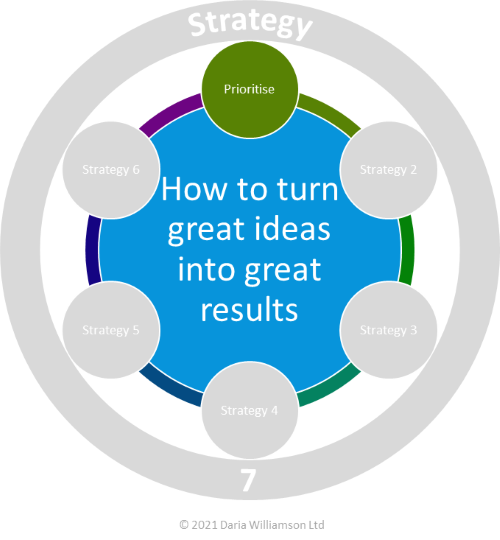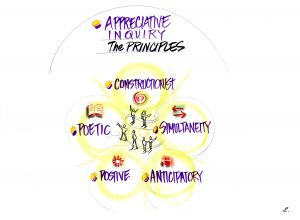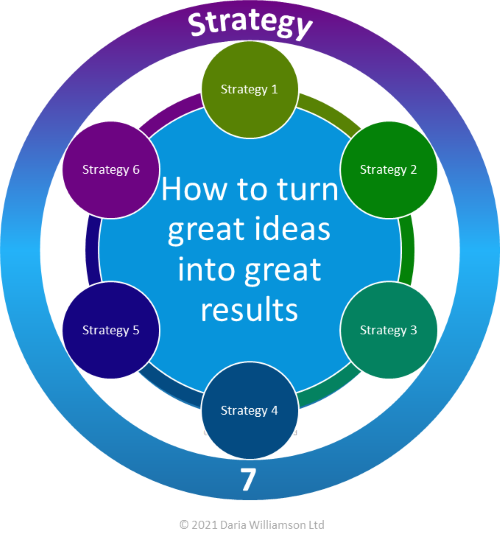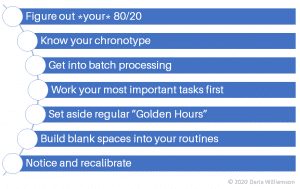Organisational culture has been a “buzzphrase” for longer than I can remember. It’s the topic of vast numbers of books, 15 TED talks (when I last checked), and innumerable blog-posts (to which I am adding another with this!).
But what is it, exactly? And why is it so important? And how do we create a great one? Thanks for asking! Let’s dive into those questions.
What is “organisational culture”?
There seems to be a lack of clarity about what the term “organisational culture” actually means. People talk (whether positively or negatively) about the “culture” of well-known organisations like Google, Amazon, Apple or Uber. Usually, they are describing aspects such as management style, the “typical” person who works there, how employees are treated, and whether they have access to sleep pods, pool tables and Friday night drinks. And when the media reports systemic wrongdoings in individual organisations or across an industry they often talk about a “culture of excess”. But none of that really helps us dig into what culture is, or what we can do to change it.
Culture is the collective habits of a group.
Irshad Manji
At it’s most basic, culture is “the way we do things around here”. As Irshad Manji, author of Don’t Label Me says, it’s the group’s collective habits. This covers everything from policies and procedures to leadership and management styles, how people talk to each other (and who can talk to whom), what is rewarded or punished, what is talked about (or not), who gets to contribute and in what way, and so forth. It’s so much more than management-by-walking-around, or having Friday night drinks.
Geerte Hofstede is a culture expert who studied national and organisational cultures for many decades. He defines culture as “the programming of the human mind by which one group of people distinguishes itself from another group”. Culture is something we learn within a group, (our minds are “programmed” into it). And it is something we use to identify ourselves as a group, distinct from others.
But why do our collective habits and group identity matter?
Why does organisational culture matter?
Most businesses today will find themselves awash in a sea of competitors. Most of us don’t have a unique corner on the market, despite what marketing gurus tell us we should aim for. When our products or services are similar to the competition, then we need to define our value differently. We need to define why we are here and how we work together for our organisation’s (and customers’) success.
If each person or team in our organisation has a different idea of the organisation’s purpose and the “right” way to work together, everyone is pulling in different directions. We’re unlikely to make confident strides forward in shaping our organisational culture.
Once we get clarity on the why and the how, we can take conscious action to shape our organisational culture to support our strategy. And having a strong identity, a strong culture, gives people something to rally around, to use as a guide for making decisions, and to be (hopefully!) proud of.
How do we create a great organisational culture?
There is a strong human desire to copy what’s working for someone else. After all, why should we reinvent the wheel? So we believe we can build a great culture by copying what the “good guys” do, and trying not to do (or get caught doing) what the “bad guys” were accused of.
We waste time on what people do, not why and how it contributes to their success. And then we feel surprised that our copy of their culture doesn’t deliver what we want.
We must identify our optimal culture; what our organisation needs to succeed. That means considering who we are, where we’re at, and what we are here to do. If your culture doesn’t support your strategy, you’ll never get where you want to go.
There are a host of different methods and approaches for understanding and building culture. I’d like to introduce you to one that is quite unique and extremely powerful: the Multi-Factor Model, from Hofstede Insights. It’s backed by substantial research and is, therefore, a data-driven process that uses insights that have been gathered from and proven in the “real world”.
The Multi-Factor Model
In the Multi-Factor Model, there are six “dimensions” to organisational culture. They are:
- Organisational effectiveness (the “how” or the “what”)
- Customer Orientation (from internal to external)
- Level of Control (from easygoing to strict)
- Focus (from local to professional)
- Approachability (from open to closed)
- Management philosophy (from employee-oriented to work-oriented)
There is no “right” combination of these dimensions for organisational success, because what your organisation needs will depend on its stage, goals, and strategy. An entrepreneurial start-up will require quite a different culture to succeed than a heavily-regulated organisation in a sunset industry. Our organisational culture can and should change over time, to accommodate the changing internal and external environments.
Ideal vs optimal culture
What we want our culture to be like (our ideal working environment) might not be a good match for what we need our culture to be (our optimal culture). Many people would like to work in an easygoing culture, with minimal control and plenty of innovation. But most of us wouldn’t want the pilots of a plane we were on to be laidback about details and prone to trying new things on a whim!
The key is to identify where your organisation is right now and where it needs to be on each dimension, and how to move from where you are to where you need to be. The Multi-Factor Model approach doesn’t just help you see where you are and where you want to go, you get step-by-step guidance on what to change and how to implement those changes for a sustainable culture shift.
Your grandmother was right – don’t bite off more than you can chew!
You don’t have to change everything, all at once. Slow and steady wins the race! So pick one or two specific aspects of your culture to focus on, and dive in. Be prepared to treat it as an experiment – if you try something doesn’t bring you the desired change, try something else. Once you’ve embedded that change, select another area, and set to work.
And don’t forget to bring your people on the journey. Understanding why we are making changes and talking about which changes need to be made will help make your organisational culture transformation sustainable.
















2 thoughts on “What is organisational culture, why does it matter, and how can we build a great culture?”
Pingback: Culture element: stories ~
Pingback: Culture element: stories ~ Daria Williamson
Comments are closed.